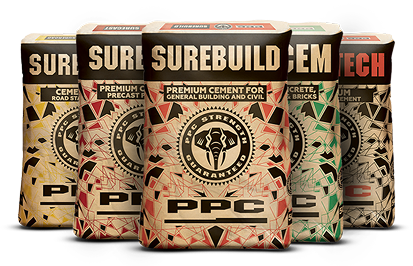


The best way to be sure is to use a good concrete calculator that allows you to know exactly how many blocks you need to buy. After all, with so many different sizes and shapes, how can you be sure that you are buying the right number of concrete blocks?

The truth is that if you were already having some questions or doubts about how many concrete blocks you need for your building construction, you may now be wondering that it just got more complicated. #2: How Many Concrete Blocks Do You Need For Your Building Construction? So, this block is actually simulating an 8*8 inches (200*200mm) masonry, and has its groove filled with mortar and struck so it can match the true joints. You can have, for example, one block with 8*6 inches (200*410mm) that can be scored in the middle. In addition, concrete or cinder blocks offer you a great versatility and flexibility. Since they can be produced using different colors and textures, you can choose the ones that you prefer depending on the type of construction that you intend to do. The truth is that using concrete blocks allow you to have endless possibilities. Other Blocks: There are other types of blocks that come in a wide variety of decorative profiles as there are also others that are known as “bullnoses” because of the fact that they feature radiused corners.So, you can have a filler material anchored between the un-mortared block ends. Blocks With Grooved Ends: This type of blocks allow the building of control joints.Jamb Blocks: This type of blocks include a channel on the end and they allow the doors to be secured to wall assemblies.With these blocks, you can easily build lintel assemblies or bond beams, and you can still use the horizontal reinforcing cement in the cavity. U-Shaped Blocks Or Knockout Blocks With Notches: This type of blocks provide you special construction features.The reality is that depending on the kind of construction that you want to do, you have a wide range of concrete block shapes. The Different Shapes Of Concrete Masonry Units (CMUs):.While you don’t need to use reinforcement in all your construction projects, the truth is that it improves its ability to resist to lateral forces like seismic forces and wind load forces. In order to do it the right way, you need to ensure that you place the reinforcement in the right position by filling the cores with concrete, so that the block is bonded to the reinforcement. After all, this will tie the individual blocks in the assembly process. The main advantage of using cores is that they allow an easier insertion of steel reinforcement which adds an increased strength. While most concrete masonry units include 2 cores, you will also be able to find blocks with 3 or 4 core units. In Canada or New Zealand, the most common concrete blocks tend to feature 390 mm × 190 mm × 190 mm (15.4 in × 7.5 in × 7.5 in) without mortar joints.Ĭoncrete blocks are usually tapered so that when you lay the block, its top surface has a bigger area to spread the mortar bed and to be easier to handle. On the other hand, if you are in the United Kingdom or Ireland, the concrete blocks usually have 440 mm × 215 mm × 100 mm (17.3 in × 8.5 in × 3.9 in) without mortar joints. In the United States, for example, 16 in × 8 in × 8 in (410 mm × 200 mm × 200 mm) is the most common nominal size and it measures a 3( in shorter to allow mortar joints. One of the things that you need to keep in mind is that you can find concrete blocks on many different sizes. When you decide to use concrete or cinder blocks, you will be able to build the traditional masonry style of staggered blocks with courses or layers. The concrete masonry unit (CMU) is the regular size of the rectangular block that is mostly used in building construction.Īs we have already mentioned, concrete blocks usually feature hollow centers not only to reduce their weight but also to improve insulation. While we usually tend to refer to them as concrete blocks or cinder blocks, the reality is that they are concrete masonry units (CMUs).


 0 kommentar(er)
0 kommentar(er)
